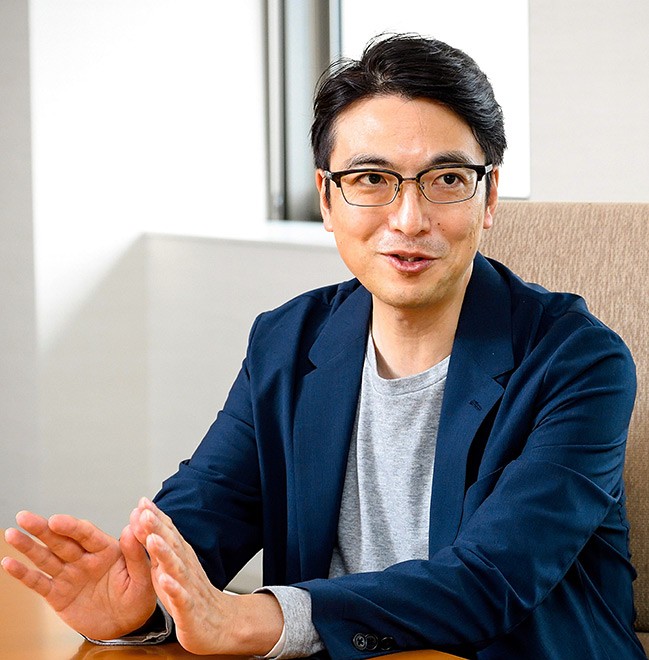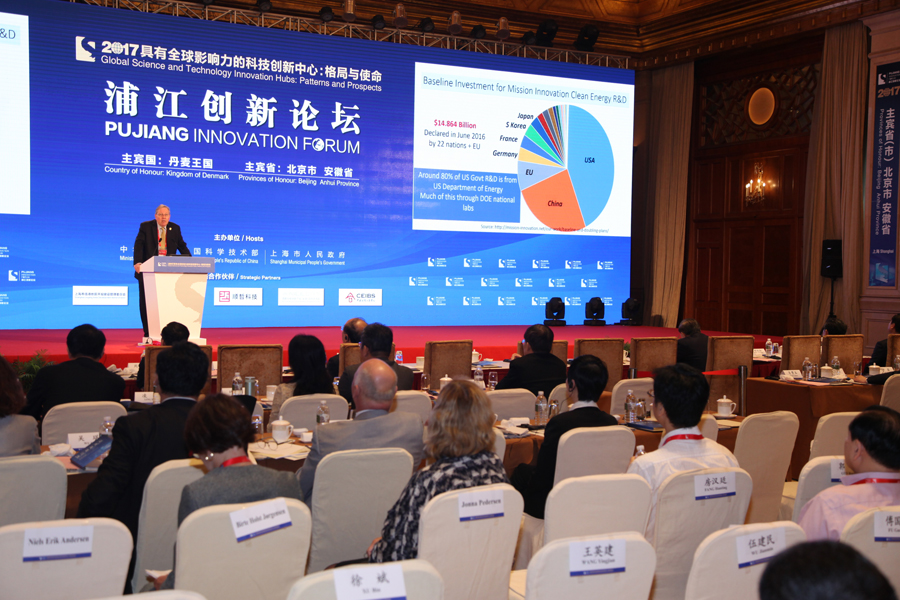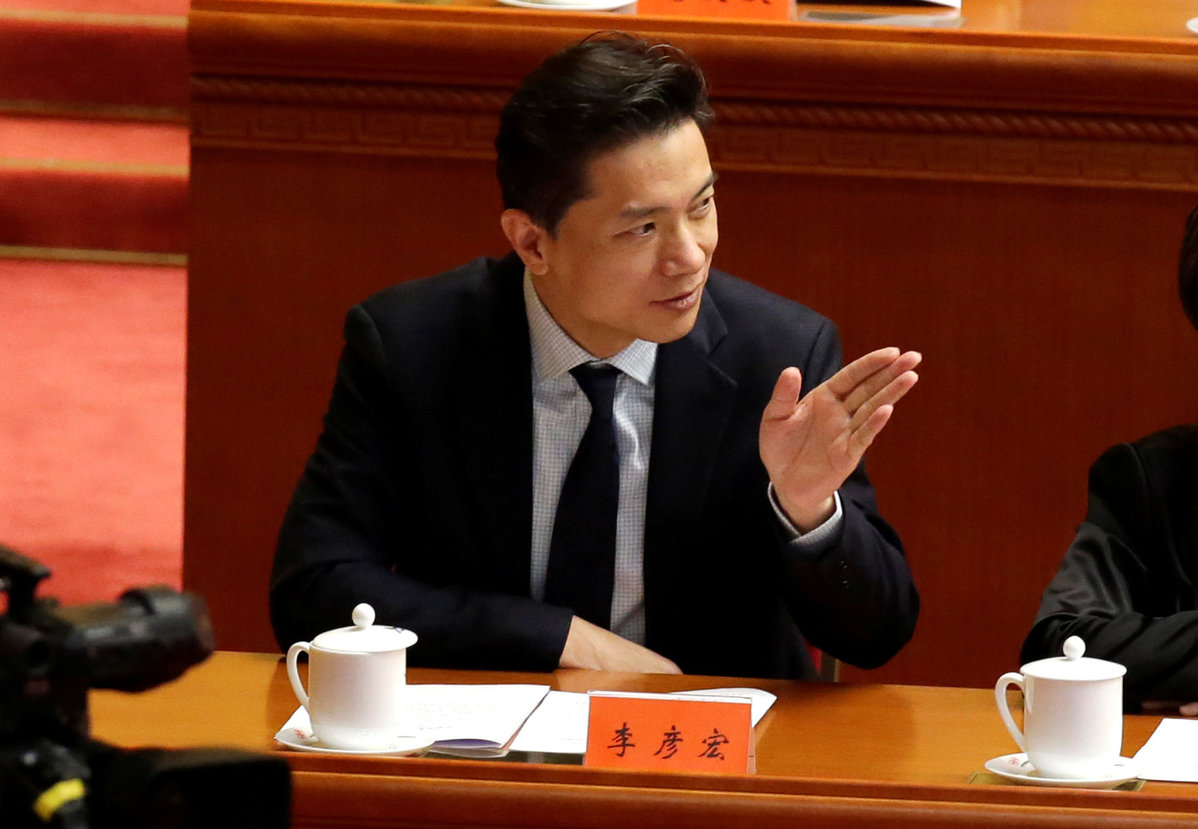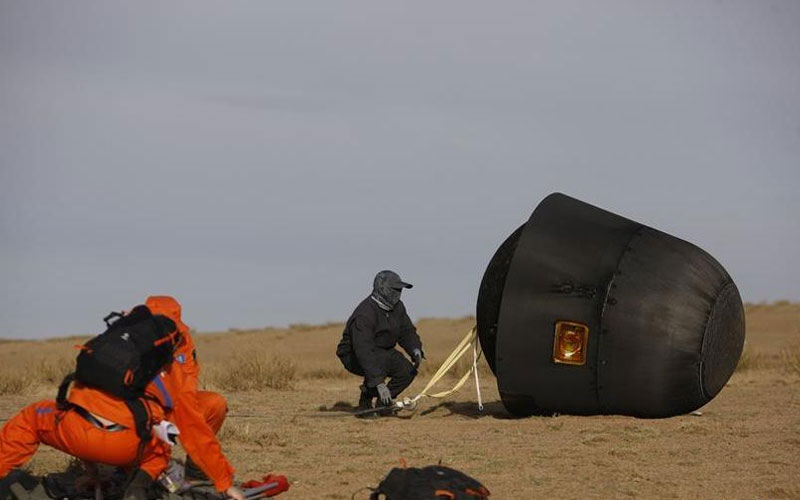This article has been reviewed according to Science X's editorial process and policies. Editors have highlighted the following attributes while ensuring the content's credibility:
fact-checked
trusted source
proofread
German’s diary offers rare look of life in Tokyo in mid
Heinrich Schliemann made a brief visit to the western Tokyo suburb of Hachioji during his monthlong stay in Japan in 1865 before he turned to archaeology and discovered the ancient city of Troy, known as a setting for Greek mythology.
The German was surrounded by beautiful prostitutes and unsuccessfully tried to buy a Japanese sword, according to his diary, which was recently translated into Japanese.
Schliemann and his fellow travelers were also followed by 100 amused residents when they walked and sang together.
The diary, originally written in French in pencil and pen, provides a glimpse of Hachioji, one of the few places where foreigners had access to at the end of the Edo Period (1603-1867), including how he interacted with locals and described the architecture of the time.
Takao Ito, 49, a professor at Soka University’s Faculty of Letters who resides in Hachioji, translated it last summer with the help of students whose native language is French after obtaining permission from the American School of Classical Studies at Athens (ASCSA) in Greece, where the diary has been kept.
Schliemann (1822-1890) visited Japan in June 1865 while he was traveling the world and stayed in the country for about a month, according to his diary.
He left Yokohama with six British men on June 18 and spent a night in Machida, now a city in western Tokyo.
They arrived in Hachioji on the afternoon of June 19 and stayed there for about four hours until the evening. It was rainy season.
Schliemann bought a “mino” traditional Japanese raincoat made of straw, but he said he was still soaked through.
In Hachioji, he wrote he was surrounded by around 30 beautiful women called “yujo,” or prostitutes. A municipal official ordered them to step away from him.
Schliemann wanted to buy a sword, but a store turned him down, apparently on the municipal office’s orders.
He bought sweets at a “dagashi-ya,” a penny candy store, and ate them with relish.
He walked arm in arm with his comrades while singing, which drew laughter from residents, and about 100 people followed them.
The diary mentioned architecture, such as traditional “dozo” warehouses whose walls were made of mud and finished with plaster.
It also said the gravel roads were maintained well. There were public toilets, and the urine was collected for use as fertilizer.
At the end of the Edo Period, foreigners could have been attacked amid a growing movement that called for expelling non-Japanese citizens.
The Tokugawa Shogunate restricted foreigners’ activities to within 10 “ri” (about 40 kilometers) of Yokohama. Hachioji was one of the few places where foreigners could visit.
Hachioji, where the sericultural industry and silk production flourished, was a hub for raw silk and silk fabrics in Japan, which was a major exporter of silk at that time.
The silk industry in Europe was hit hard by diseases that infected silkworms, Ito said. Silk production declined, and merchants across the world had their eyes on Japan.






















